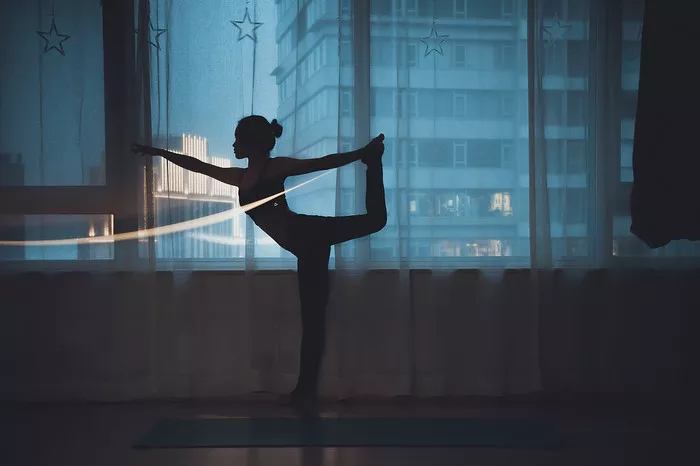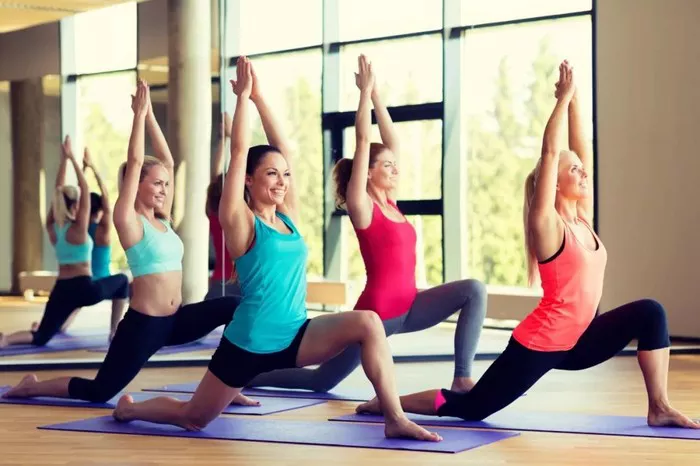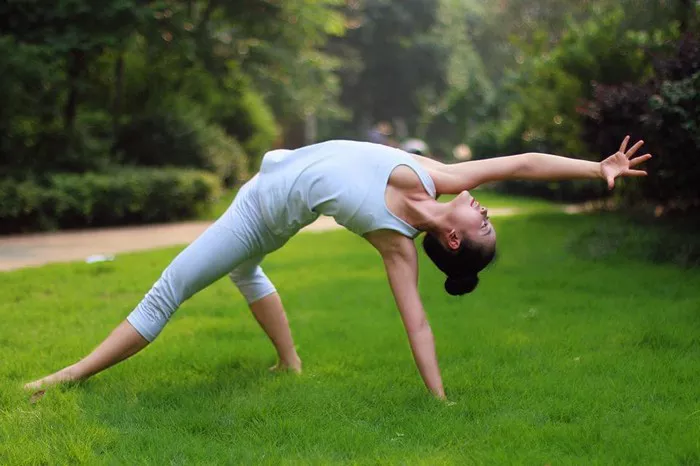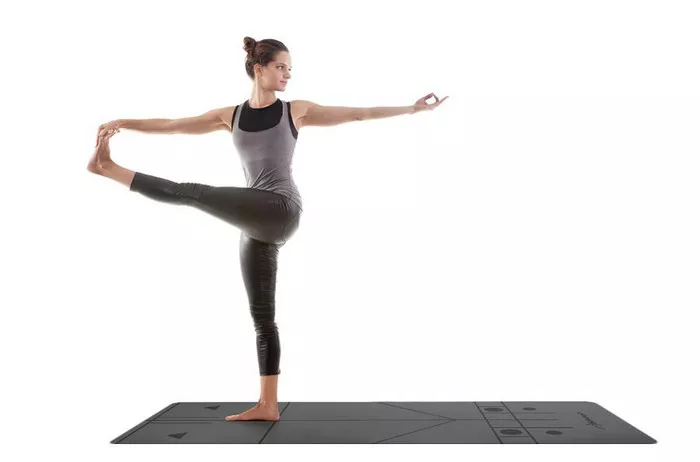In the realm of yoga, where ancient traditions meet modern lifestyles, practitioners often find themselves at the crossroads of choice: Vinyasa or Ashtanga? Both forms offer profound benefits for the body, mind, and spirit, yet their methodologies and philosophies diverge in significant ways. Understanding the nuances of each practice is crucial for yogis seeking to align their practice with their personal goals and preferences. In this comprehensive exploration, we delve into the essence of Vinyasa and Ashtanga yoga, comparing and contrasting their methodologies, benefits, and suitability for different practitioners.
Origins and Philosophies
Vinyasa and Ashtanga yoga both trace their roots back to ancient Indian traditions, yet they emerged into contemporary practice through distinct lineages and philosophies.
Ashtanga yoga, as popularized by Sri K. Pattabhi Jois, follows the eight-limbed path outlined in the Yoga Sutras of Patanjali. It emphasizes a structured and disciplined approach to yoga, incorporating elements of breath control (pranayama), posture (asana), and concentration (dharana). The practice is characterized by a predetermined sequence of poses, divided into Primary, Intermediate, and Advanced series, each building upon the last to cultivate strength, flexibility, and mental focus.
Vinyasa yoga, on the other hand, is more fluid and adaptable in its approach. Rooted in the broader tradition of Hatha yoga, Vinyasa emphasizes the synchronization of movement with breath, creating a dynamic flow of postures that seamlessly transition from one to the next. While Vinyasa draws inspiration from traditional yogic principles, it also encourages creative expression and individualized sequencing, allowing practitioners to explore a diverse range of poses and movement patterns.
Methodologies and Practice
The primary distinction between Vinyasa and Ashtanga yoga lies in their methodologies and approach to practice.
Ashtanga yoga adheres to a set sequence of poses, practiced in a specific order, with each posture linked by a vinyasa—a series of flowing movements synchronized with breath. The practice is traditionally taught in a Mysore style format, where students progress at their own pace under the guidance of a teacher. This self-paced approach fosters discipline, self-awareness, and a deep connection to the practice, as students gradually memorize and master each posture before progressing to the next.
Vinyasa yoga, on the other hand, offers more flexibility and spontaneity in its sequencing and structure. While classes may follow a thematic framework or peak pose, Vinyasa teachers have the freedom to creatively design sequences that cater to the needs and abilities of their students. The practice often begins with a gentle warm-up, gradually building intensity through a series of Sun Salutations (Surya Namaskar) before exploring a variety of standing, seated, and balancing poses. Vinyasa classes typically culminate in a period of relaxation or meditation, allowing practitioners to integrate the physical and energetic aspects of their practice.
Physical Benefits
Both Vinyasa and Ashtanga yoga offer a multitude of physical benefits, ranging from improved strength and flexibility to enhanced cardiovascular health.
Ashtanga yoga, with its emphasis on repetitive movement and structured sequencing, is renowned for its ability to build strength and endurance. The practice engages major muscle groups throughout the body, including the core, arms, legs, and back, while promoting alignment and stability. Over time, consistent practice can lead to increased muscle tone, enhanced flexibility, and greater overall physical resilience.
Vinyasa yoga, with its dynamic and flowing nature, offers similar benefits with a focus on fluidity and grace. The practice encourages smooth transitions between poses, fostering a sense of lightness and ease in movement. Vinyasa sequences often incorporate a variety of postures, from gentle stretches to challenging balances, providing a comprehensive workout for the entire body. Additionally, the rhythmic nature of Vinyasa breathing promotes cardiovascular health and circulation, helping to improve endurance and stamina over time.
Mental and Emotional Well-being
Beyond the physical realm, both Vinyasa and Ashtanga yoga offer profound benefits for mental and emotional well-being.
Ashtanga yoga, with its disciplined approach and emphasis on concentration, cultivates mental focus and clarity. The practice requires a high degree of mindfulness and presence, as students move through the sequence with intention and awareness. The repetitive nature of the practice can also have a meditative effect, calming the mind and reducing stress and anxiety. Over time, practitioners may experience greater emotional resilience and a heightened sense of inner peace.
Vinyasa yoga, with its emphasis on breath-centered movement and creative expression, offers a different pathway to mental and emotional well-being. The flowing nature of Vinyasa sequences encourages practitioners to move with the rhythm of their breath, fostering a sense of flow and connection. The practice can be both invigorating and grounding, helping to release tension and energy blockages while promoting a sense of inner balance and harmony. Additionally, Vinyasa classes often incorporate elements of mindfulness and meditation, providing tools for stress management and self-awareness.
Suitability and Accessibility
When considering which style of yoga is better, it’s essential to recognize that suitability and accessibility are subjective and dependent on individual preferences, goals, and physical abilities.
Ashtanga yoga, with its structured sequencing and emphasis on discipline, may appeal to those seeking a more rigorous and traditional approach to yoga. The practice is well-suited to dedicated students who thrive in a structured environment and are willing to commit to a consistent practice schedule. However, Ashtanga yoga can be physically demanding and may not be suitable for beginners or those with certain injuries or limitations.
Vinyasa yoga, with its adaptable and inclusive approach, offers greater accessibility for practitioners of all levels and backgrounds. The practice can be tailored to accommodate different body types, abilities, and preferences, making it ideal for beginners and experienced yogis alike. Vinyasa classes often emphasize creative exploration and individualized expression, allowing students to find their unique rhythm and flow on the mat.
Conclusion
In the debate between Vinyasa and Ashtanga yoga, there is no definitive answer to which is better. Both styles offer unique benefits and challenges, and the best choice ultimately depends on the individual practitioner’s goals, preferences, and needs.
Ashtanga yoga appeals to those seeking structure, discipline, and a traditional approach to practice, while Vinyasa yoga offers flexibility, creativity, and accessibility for practitioners of all levels. Whether you find solace in the rhythmic repetition of Ashtanga or the fluid movement of Vinyasa, the journey of yoga is ultimately a personal one, guided by intuition, self-awareness, and a commitment to self-discovery on and off the mat.
FAQs:
Is Ashtanga the hardest yoga?
Ashtanga yoga is often considered one of the most physically demanding styles due to its structured sequencing and emphasis on strength, flexibility, and endurance. The practice involves a rigorous series of poses performed in a specific order, challenging practitioners both mentally and physically.
Can Ashtanga build muscle?
Yes, Ashtanga yoga can help build muscle strength and endurance. The practice engages major muscle groups throughout the body, including the core, arms, legs, and back, through repetitive movements and challenging postures. Over time, consistent practice can lead to increased muscle tone, improved flexibility, and enhanced overall physical resilience.
When should you not practice Ashtanga?
Individuals with certain medical conditions, injuries, or physical limitations should avoid practicing Ashtanga yoga without consulting a healthcare professional or experienced yoga teacher. Pregnant women, those recovering from surgery, and individuals with high blood pressure or joint issues may need to modify their practice or choose a gentler style of yoga. It’s essential to listen to your body and practice mindfully, honoring your limitations and avoiding pushing beyond your capabilities.

















